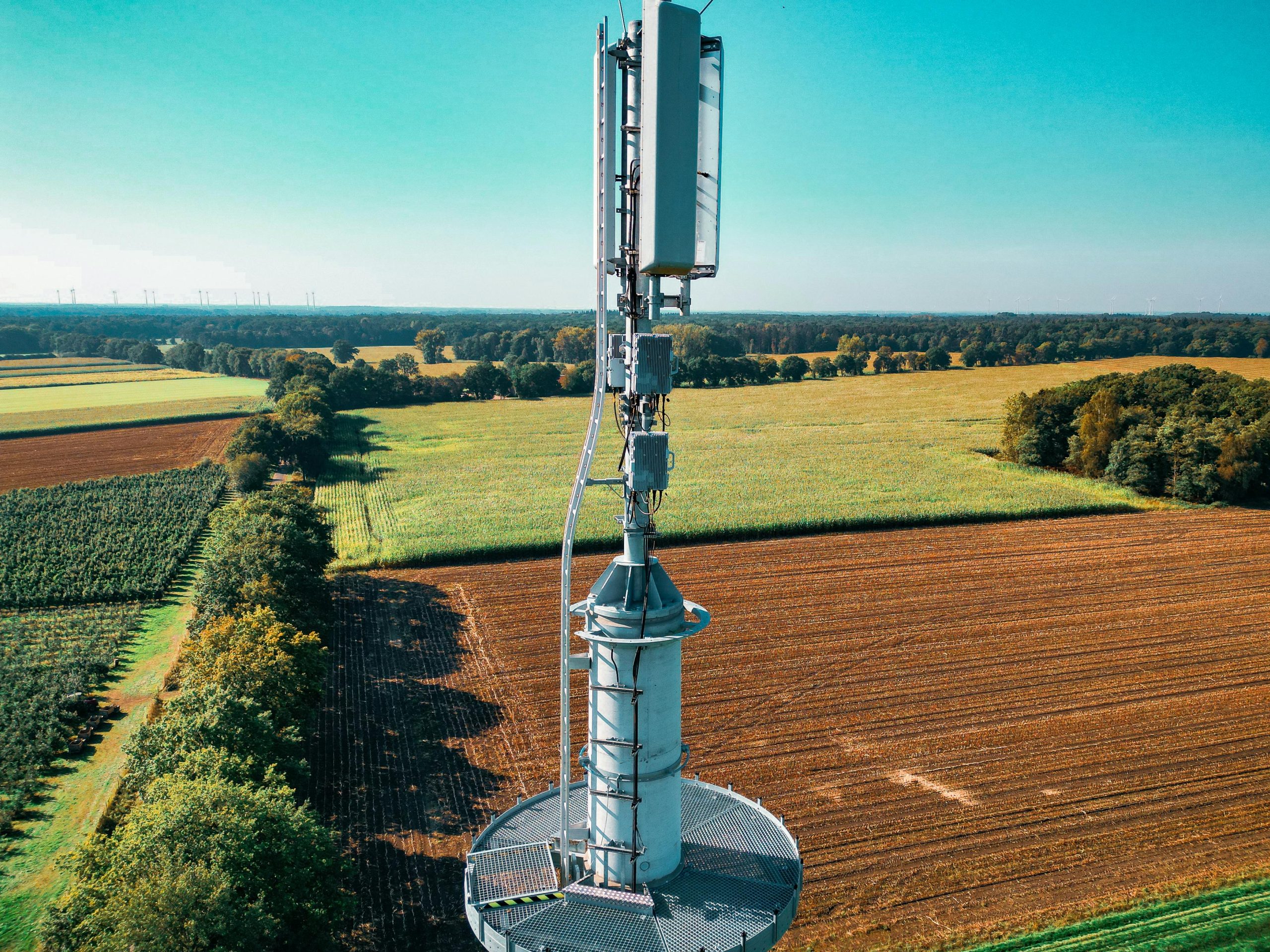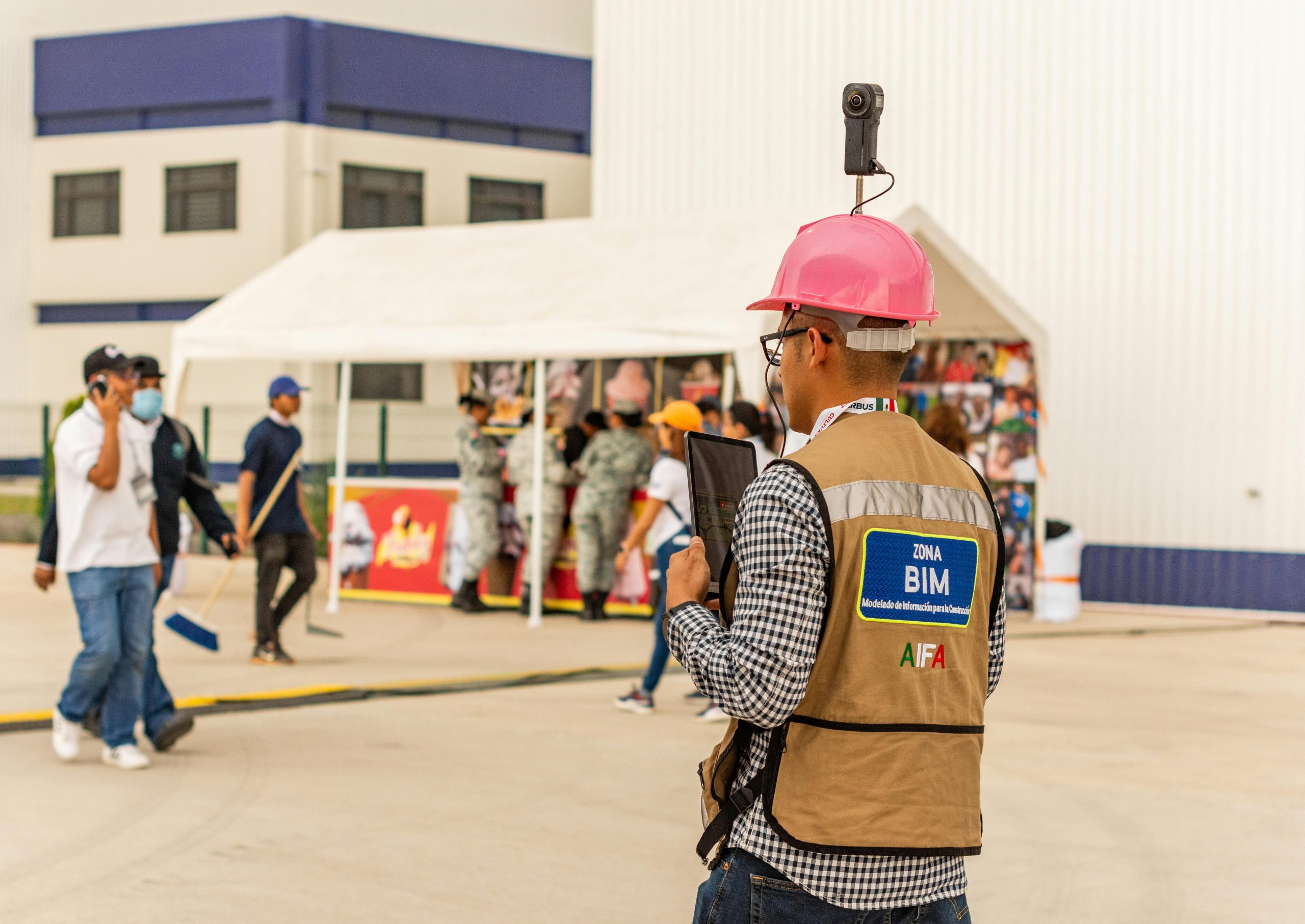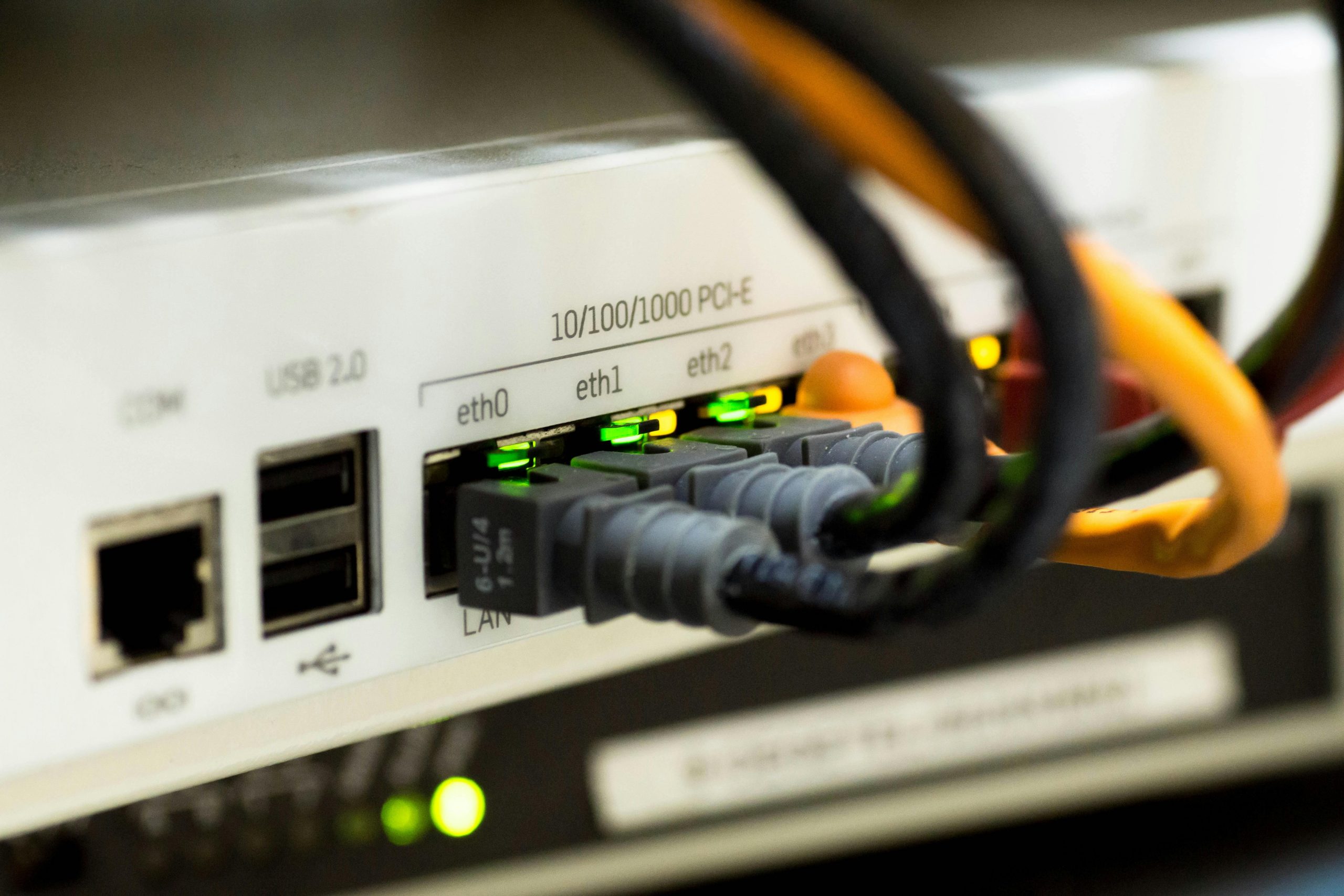If you look around, it’s clear that fast, reliable internet isn’t just wanted, it’s needed—whether you’re in the heart of a city or out in the countryside. But building broadband networks that keep up with this demand is expensive and slow, especially in remote places or crowded city blocks.
AI is changing this. Now, teams can plan broadband routes, track costs, and speed up installation in ways that weren’t possible before. People everywhere are starting to see affordable high-speed internet become a reality, much sooner than anyone expected. AI’s shift from buzzword to workhorse is opening doors for everyone who still waits for a better connection.
Breaking Down the Barriers: High Costs in Broadband Expansion
Broadband expansion sounds simple on paper, but the price tag is enough to give anyone sticker shock. Stringing new connections across miles of fields or weaving cables through busy neighborhoods piles on expenses fast. It’s like building a new highway, just out of sight, under roads, through trees, past fences, and over streams. The cost breakdown starts to make sense when you look at the big hurdles that drive up every dollar spent.
 Photo by Sascha Weber
Photo by Sascha Weber
Labor: Hands and Skills Come at a High Price
Skilled workers are essential for broadband projects. Digging trenches, pulling fiber, or installing towers demands trained hands and careful planning. It’s not a job you can do quickly or cut corners with, especially when safety is on the line.
Here’s where the numbers stack up:
- Labor Shortages: There aren’t enough trained technicians, so wages go up.
- Specialized Skills: Fiber splicing, aerial work, and precision tasks need advanced training.
- Long Distances: Sending crews out to rural lands or remote sites adds travel, lodging, and overtime costs.
Even a small stretch of cable can become a big team effort, with every hour counted.
Materials: The Rising Cost of Cables and Equipment
Supplies aren’t cheap. Fiber-optic cables, network boxes, utility poles, and custom hardware fill up order lists before a single shovel hits the dirt.
- Raw Material Prices: Costs for copper, steel, and plastics keep rising.
- Supply Chain Delays: Waiting months for a single spool of fiber is now common.
- Upfront Bulk Purchases: Companies buy in bulk to save later, but this strains the budget now.
Think of it like laying a railroad. Every foot of track, tie, and spike is one more line item on a swelling bill.
Planning Delays: Bureaucracy and Roadblocks
Expanding broadband means dealing with paperwork and red tape as much as cables and concrete. Before ground breaks, companies face a maze of permits, zoning rules, and public complaints.
What slows things down?
- Multiple Permits: Every city, county, or township demands different approvals.
- Access Rights: Negotiating to use existing poles or dig up sidewalks takes time and money.
- Unexpected Obstacles: Hidden pipes, tough soil, or weather hold everything up and make costs add up.
A project that looked simple on paper can sit on hold for months, draining funds without putting down a single cable.
Why Costs Continue to Climb
Put these hurdles together, and it’s clear why broadband growth gets expensive. Companies must pay for skilled hands, pricey parts, and a mountain of paperwork just to reach new customers.
When each barrier stacks up, they create a wall that keeps fast, affordable internet out of reach for many. Understanding where the money goes makes it easier to imagine how new tools, like AI, could help break that wall down.
How AI Cuts Buildout Costs and Speeds Up Planning
AI is changing how teams plan and build broadband networks. Planners used to rely on paper maps, gut instinct, and long meetings to connect new communities. Now, smart software crunches data points in seconds and finds the smartest way forward, making the work faster, less risky, and much cheaper.
Mapping the Fastest and Cheapest Routes for Fiber
 Photo by Tara Winstead
Photo by Tara Winstead
Laying fiber is expensive, especially if you take the wrong route or overlook hidden costs. AI now scans satellite maps, utility records, and city blueprints to chart the best path for new cables. Instead of relying on old maps or memory, planners can let computers do the heavy lifting.
How does AI make a difference in mapping?
- It compares endless route options against real-world hurdles, from railroads to rivers.
- It spots roadwork, traffic, and environmental risks before a single crew hits the street.
- It identifies places where cables can run alongside existing roads, pipes, or poles, reducing digging and saving cash.
With this kind of help, planners avoid dead ends, stay clear of costly reroutes, and stop spending weeks on manual checks. Months of guesswork shrink to days of clear answers. That means more homes get connected sooner, with fewer surprises along the way.
Predicting Material and Labor Needs with AI
Building broadband isn’t just about drawing lines on a map. Teams must know how many cables to buy, how many workers to hire, and how long the job will really take. AI steps in here, too, turning what used to be a tricky guessing game into a science.
AI algorithms take the guesswork out of resource planning by:
- Analyzing historical project data to fine-tune estimates for fiber, poles, and hardware.
- Matching crew size and skill level to project needs to avoid overstaffing or costly delays.
- Flagging supply chain bottlenecks before they choke the timeline.
This keeps projects on budget and builds trust that deadlines will actually stick. No more over-ordering materials that collect dust or dealing with empty shelves when demand spikes. Teams can prep supplies in advance, give workers a clear schedule, and respond fast if conditions change.
AI also cuts down design errors. Fewer mistakes on paper mean fewer headaches in the field, less backtracking, and a lot more efficiency once boots hit the ground.
The result? Planning moves at warp speed. What once took months of slow approvals and second-guessing now wraps up in weeks, clearing the way for shovels, trucks, and faster internet for everyone.
Smart Construction: AI On the Ground During Buildout
The planning room isn’t the only place where AI proves its value. The real action happens out in the field. Picture crews digging, splicing, and laying cable—while behind them, AI tech keeps watch, guiding every move with real-time data. This shift isn’t just about efficiency; it saves money, reduces mistakes, and helps teams dodge costly trouble before it hits. As fiber winds through neighborhoods and fields, AI is the unseen supervisor that never sleeps.
Keeping Crews on Track: Real-Time Performance Checks
 Photo by Israel Torres
Photo by Israel Torres
Imagine field crews wearing smart devices or driving trucks equipped with sensors. As they work, these tools gather data on crew location, tools used, and task progress. AI reviews this flood of info and flags anything off course—like a worker with the wrong materials or a job that’s behind schedule.
Supervisors no longer rely on walkie-talkies and endless rounds of phone calls. Instead, AI-powered dashboards show who is working, where, and how fast. If something stalls, the system nudges the right people—now, not next week.
Here’s how real-time AI oversight keeps builds on track:
- Instant status updates: Check-ins happen automatically, not through paperwork.
- Location tracking: Everyone knows where equipment and crews are at a glance.
- Workflow alerts: AI flags slowdowns before they snowball into lost days.
Project managers back at headquarters see this live feed and adjust schedules or deploy help to problem spots without guessing. Less downtime means crews stay busy, and every dollar spent shows up in real results.
Catching Problems Before They Grow Costly
No project goes perfectly. Breakdowns, delays, and errors will pop up, but AI helps teams spot small problems before they turn into budget-busters. Like a smart early-warning system, it studies patterns—comparing current data to thousands of other jobs—and sounds the alarm if something looks risky.
For example:
- Equipment at risk: If a machine overheats or runs slow, sensors alert the crew before it fails.
- Material shortages: AI spots runs on cable or parts, prompting fast reorders before work stops.
- Site safety: Algorithms scan footage or sensor feeds, pointing out unsafe practices to prevent accidents.
AI also tracks weather, delivery schedules, and site conditions. When it sees rain coming or a supply truck that’s stuck in traffic, it suggests fast pivots—like sending crews indoors or reordering tasks.
Decision-makers use these insights to make quick, confident calls. They shift resources, change workflows, and solve problems before anyone on the ground feels the pain. This constant, quiet monitoring protects the budget and keeps projects moving forward, bringing faster, more affordable broadband to life one smart step at a time.
AI’s Ripple Effect: More Access, Better Service, Lower Bills
As broadband buildouts pick up speed and drop in price, the change is like tossing a rock into a pond. The ripples reach far and wide. Fast, affordable internet doesn’t just mean smoother video calls or movies that stream without buffering. It unlocks new chances for families, students, workers, and businesses—wherever they are. At the same time, it drives down the monthly bills that used to keep many offline. AI is making this possible, quietly shifting the balance and giving more people options that were just out of reach a few years ago.
More Access Across the Map
AI-powered planning and speedy construction mean broadband is stretching into places that used to be left behind. Rural towns, small suburbs, and even crowded city blocks now see fiber trucks rolling in where no one expected them.
- Bridging the rural-city gap: Farms and remote neighborhoods are getting the same high-speed options as people near city centers. This closes the digital divide that used to separate city and country.
- Education and work opportunities: Students in distant towns can join the same online classes as their city friends. Remote workers don’t have to move to find fast, reliable connections.
- Small business growth: Local shops and startups in overlooked areas find new life with better online tools, payment systems, and digital storefronts.
The impact is real. A Pew Research Center study found that 28 percent of rural Americans lacked access to high-speed internet just a few years ago. Today, that number keeps shrinking as AI helps bring networks to their doorsteps.
Better, More Reliable Service
When AI manages network rollouts, it also helps monitor and fix problems. Outages get caught faster. Repairs take less time. People stay connected when they need it most.
- Reduced downtime: AI finds weak spots in the network before they cause trouble, guiding crews to fix things quickly.
- Consistent speeds: Algorithms balance internet traffic behind the scenes, so everyone gets steady, fast connections—even at peak hours.
- Customer support that works: Virtual assistants and smart ticketing systems help customers get answers without waiting on hold.
Imagine calling for help with your internet, and the company knows about the problem before you do—and already sent someone out. That’s AI at work, turning headaches into minor blips.
Lower Bills and More Choices
As building networks gets cheaper, those savings trickle down to customers. Providers that used to have a lock on the market now face new competition. Prices drop, and each dollar stretches further for families and businesses.
- Falling monthly costs: A government study showed that broadband prices in areas with competition are up to 25 percent lower than in places with just one option.
- Flexible plans: More providers means customized packages for different needs—no more paying for unused features.
- Special programs: With costs dropping, more companies join federal or state programs to help low-income homes get connected.
 Photo by Pixabay
Photo by Pixabay
The ripples of AI-driven broadband stretch further than most people realize. As more homes go online, neighborhoods flourish, families find new opportunities, and businesses thrive with fewer limits. This is the new reality: more access, better service, and bills that finally feel fair.
What’s Next? The Future of AI in Broadband Buildout
The progress AI has brought to broadband hasn’t peaked—it’s just getting started. Smarter, faster networks are only part of the story. Next, AI will help keep these networks strong, bring communities into the conversation, and predict what customers need before anyone asks. The final mile of connection is within reach, and the next wave of tools will help finish the job and keep networks sturdy as demand keeps rising.
Predictive Maintenance: Staying One Step Ahead
 Photo by Brett Sayles
Photo by Brett Sayles
Future broadband networks won’t wait for a cable to break or a router to fail. With AI, they’ll spot trouble before outages hit. Sensor data brings millions of tiny clues together, letting smart systems flag weak points and worn-out equipment days or weeks before a real problem strikes.
Picture it like a car that tells you it needs new brakes before you ever hear a squeak. On the ground, fiber lines and towers will have digital “nerves” that alert both workers and systems if anything looks off.
Key benefits of AI-powered maintenance:
- Cuts surprise outages and downtime
- Makes repairs less expensive and quicker
- Extends the life of cables, towers, and batteries
Maintaining service will be less about fixing and more about fine-tuning, so customers stay online no matter what.
Real Community Feedback, Real Change
AI isn’t just a tool for engineers. It’s about listening, too. Soon, companies will use AI to scan feedback from social media, review platforms, and direct messages, pulling out the small problems people talk about every day.
What if a cluster of complaints points to spotty service in a specific street or neighborhood? AI can notice the pattern—sometimes within hours—so network teams can target their fixes.
Ways AI will use what it hears:
- Pinpoint slow spots and trouble zones based on real complaints
- Prioritize upgrades where they’ll matter most
- Improve help lines and chatbots so answers come faster and make more sense
This type of listening means companies don’t need to guess what customers want—they’ll know, almost instantly, and can act where it counts.
Smarter Upgrades: Ready for Whatever Comes Next
The work doesn’t stop once everyone is connected. Demands on broadband networks only grow, so smart upgrades are the next step. AI can predict which neighborhoods will need more speed, spot which lines will wear out, and decide where to add new equipment—all without wasting money.
Imagine a crew fixes a line in record time, before people even notice a slowdown. Or a new housing block gets upgraded before families move in. AI will help spread resources evenly and prepare networks for future needs, not just today’s.
Expect to see:
- Targeted new fiber runs and towers where growth is highest
- Automated tracking of peak times to balance speeds throughout the day
- Fewer service hiccups, even as more devices come online each year
This is broadband that keeps up with real life, always a step ahead.
Toward High-Speed Access for Everyone
AI is making it possible for everyone to get connected, whether they live on a farm, a city street, or a mountain road. The next chapter focuses on closing the last gaps—helping communities that still wait for reliable, affordable internet finally hit full speed.
Optimism is growing. Kids will have the same school resources, workers won’t be stuck without a signal, and families will stay connected with ease. Each new use of smart tech brings the goal of universal access closer to reality: high-speed internet that just works, everywhere, for everyone.
Conclusion
AI is turning the promise of fast, affordable internet into an everyday experience for more people than ever. By making broadband buildout quicker and less expensive, smart tools are closing gaps that once seemed impossible to bridge.
Costs drop, projects move faster, and the quality of service keeps rising, bringing the world a little closer for rural and city communities alike. Imagine a future where no neighborhood waits in the slow lane and every household taps into opportunity at full speed.
The transformation is already underway. The connections AI shapes today will spark brighter tomorrows—for families, schools, and businesses in every corner. Thanks for being part of this journey. Share your hopes for your own community, and stay tuned as new chapters of this story unfold.